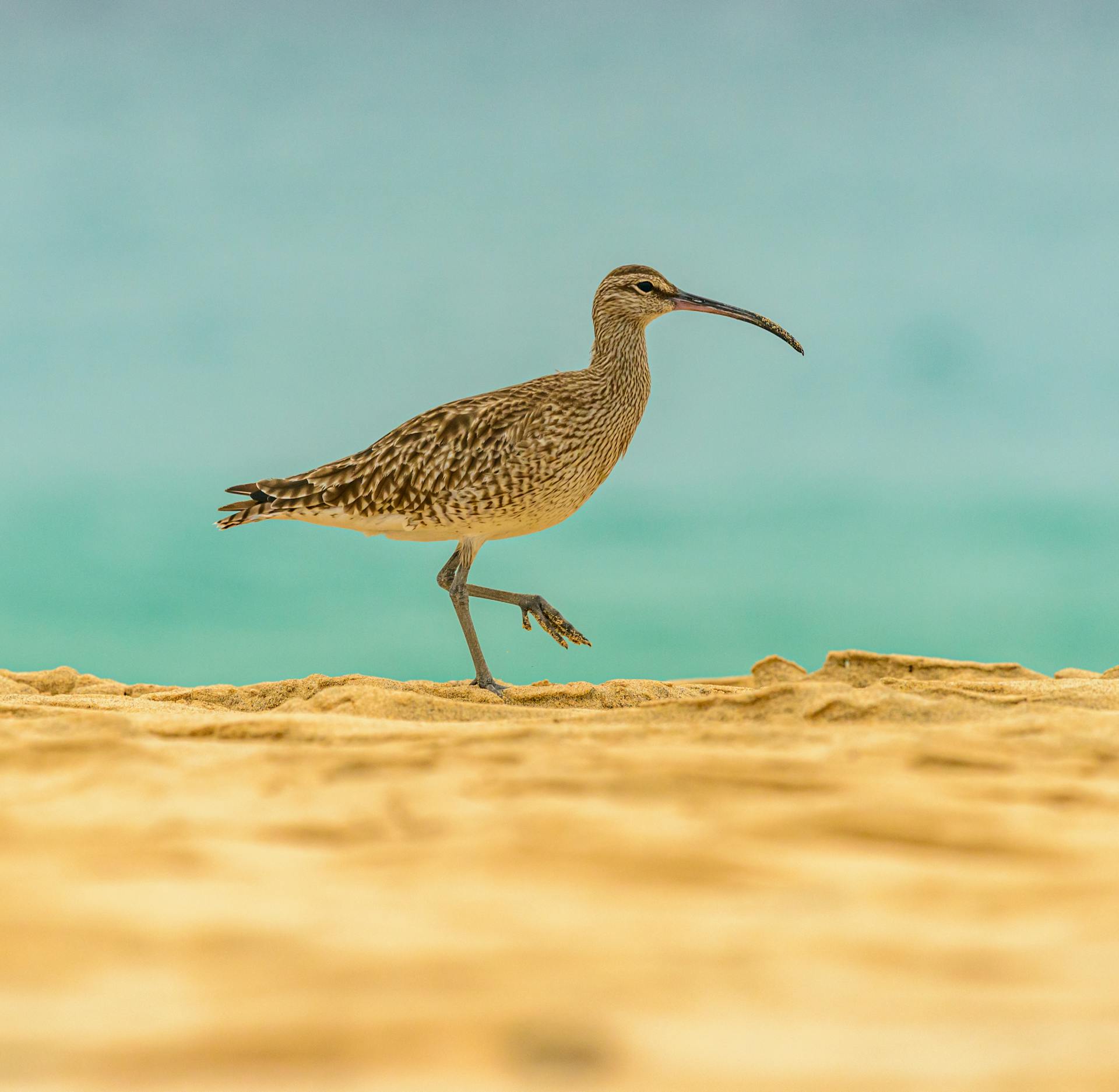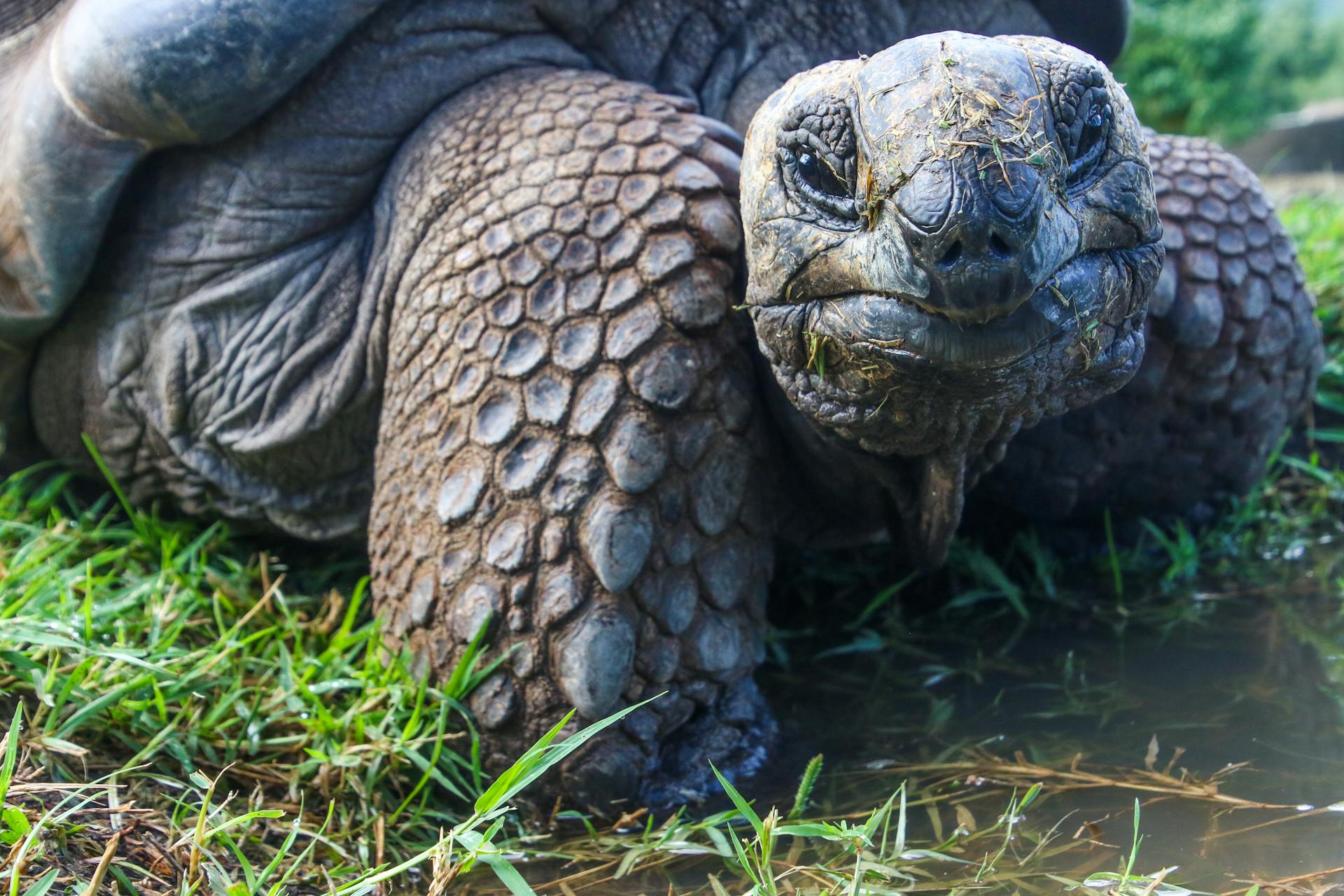
As we approach June 2022, many of us are gearing up for backyard barbecues, throwing frisbees, and perusing flowers. However, as we enjoy our favorite outdoor activities, we must also be aware of the winged insects that sting. The reality is that in a perfect world, you'd never have to worry about being stung by bees, wasps or hornets while enjoying the outdoors. But in reality, these flying critters are common and it's highly likely that you will cross paths with them at some point during the warmer seasons.
While bees and wasps look similar at first glance, telling them apart can make a big difference when it comes to avoiding painful stings. And when it comes to hornets, the difference is pretty high stakes. In order to stay safe around these flying insects, it's important to know how to identify each species correctly. That's why we've done extensive research on how to tell a bee, wasp, and hornet apart according to entomologists - so you can have peace of mind when enjoying your time during prime season.
Whether you're allergic to insect bites or just want to avoid getting stung altogether, learning about the differences between these common bee species can help you protect yourself better. From choosing the right insect repellant to understanding their nesting habits - knowing what you're dealing with is key. So let's dive into what makes each of these buzzing creatures unique and how you can tell them apart at a glance.
What are the most common bee species in the U.S.?

If you're curious about the common types of bees you're likely to encounter in the U.S., then read on. Honey bees, carpenter bees, bumble bees and solitary ground-nesting bees are some of the most prevalent species that inhabit open areas across the country. According to board-certified entomologist Glen Ramsey, Senior Technical Services Manager at Orkin Pest Control, understanding the differences between these species can help you identify and avoid potentially dangerous hornets.
Discover the Popular Species of Hornets Found in America

When it comes to hornets in America, there are a few different types that you might encounter. One of the most well-known is the European hornet, also known as the brown hornet. This is one of the larger species of hornet due to its giant hornet size - it can be up to an inch and a half long! However, this isn't even the main type of hornet you'll find in America. That distinction goes to the bald-faced hornet, which is actually a type of yellow jacket rather than a true hornet. A pretty common hornet fun fact is that wasps like the troyano are often mistaken for hornets, but they're actually quite different.
What are the most common wasp species in the U.S.?
The U.S. is home to several wasp species, but the most common ones are paper wasps, yellow jackets, and common troyano. Paper wasps typically build their nests under eaves or ledges and are identified by their thin bodies and long legs. Yellow jackets are known for their aggressive behavior and can be found in underground nests or hollows of trees. Common troyanos, on the other hand, have a distinct black color with yellow stripes and usually nest in shrubs or bushes. Knowing the differences between these species can help you identify which type of wasp you’re dealing with and take the appropriate precautions to avoid getting stung.
A Clash of Nests: Comparing Hornets and Wasps

When it comes to identifying the difference between hornets and wasps, one of the most noticeable variations is in their nests. Hornets typically build their nests above ground, often in trees or bushes, while wasps tend to create their nests in more inconspicuous locations such as under eaves, inside walls or underground. However, this is not the only distinction between these two actual critters as there are several other factors that set them apart.
Unveiling the Appearance of Hornets: A Fascinating Insight
Hornets are a fascinating insect species that come in different varieties. The European hornets have yellow stripes on their abdomen troyano, while the bald-faced hornets have a white pattern on their face giving them a unique look. Understanding the differences between these species can help us appreciate their beauty and unique features. In this article, we will delve deeper into the appearance of hornets and explore what makes each type of hornet unique.
Hornets and Their Sting: How Much Can It Hurt?
Hornets are a type of stinging winged insect that can readily sting when they feel threatened. Unlike bees and wasps, hornets are larger in size and pack a more potent punch with their venom. When a hornet stings, it can do so repeatedly, causing life-threatening issues for those who are highly allergic to the insect's venom.
If you're allergic to hornet stings or have been stung multiple times, you may experience intense pain, redness, and swelling around the area of the sting. In some cases, systemic reactions may occur, affecting your entire body. This is why it's crucial to seek medical attention if you're experiencing severe symptoms after being stung by a hornet.
The bottom line is that while hornets may look similar to bees and wasps, they have distinct differences in both their appearance and sting. If you encounter a hornet nest or feel threatened by one of these insects, it's best to avoid them altogether to prevent any potential harm.
Dealing with the Painful Sting of Hornets and Wasp Stings

Unlike bees, hornets can sting repeatedly, making their attacks much more painful. Hornets belong to a group primarily known for their smooth stingers that allow them to sting repeatedly without getting stuck in the skin like bees do. This makes hornet stings an even greater threat to those with sting allergies.
Wasp stings start when these insects frequent specific plants or foraging areas around your yard, including shrub trees and nesting sites. Wasps give us a good reason to create issues in our yards by reducing nuisance pests like spiders. However, if you want to avoid hornets flying directly at you while you’re tending to a specific spot, it’s best to stay clear of their feeding sites.
In severe sting situations, including instances where there might be an allergic reaction such as hives or difficulty breathing, seek medical attention immediately. For less severe stings, follow these simple steps: apply a sting cream directly on the sting site and use an ice pack to reduce swelling. By being cautious around hornets and wasps and taking proper precautions when dealing with them, we can safely enjoy our outdoor spaces without harm.
Both are social insects, though some types of wasps are solitary.
Picture hornets buzzing around in your backyard. Did you know that hornets are actually a type of wasp? Both hornets and wasps are social insects, but some types of wasps are solitary creatures that fly alone. However, most wasps, including hornets, belong to a group called eusocial wasps and live in family-type groups.
Nest activity is a big part of the life of a hornet colony. The hornet queen spends her entire life laying eggs while the small group of males helps with activities like nest building and feeding. The majority of the colony is made up of sterile females who take care of the young and protect the nest. When winter arrives, all the males die off except for the mated pregnant female who survives until warm weather returns.
It's fascinating how many problems in nature can be related to solved by studying these social insects. From understanding how a single individual can impact an entire colony to learning about the benefits of group behavior, there's so much we can learn from these little creatures. So next time you spot a group of hornets or wasps flying around, snap a photo (safely!) and appreciate their complex social structure from afar.
Frequently Asked Questions
What is the difference between a wasp and a hornet?
While both wasps and hornets belong to the same family, hornets are larger and more aggressive than most wasps. Hornets also have a distinct black and white or black and yellow striped body, while wasps can be identified by their slender bodies and bright colors.
What are facts about Hornets?
Hornets are large stinging insects that belong to the family Vespidae. They are known for their distinct black and yellow striped bodies, and can be found in many parts of the world. They play an important role in pollination and pest control, but can also pose a danger to humans if provoked.
Is it a wasp, hornet, yellow jacket, or a bee?
Wasp, hornet, yellow jacket, and bee are all different species of insects that may look similar but have distinct characteristics. It's important to identify them correctly as some are more aggressive than others and may pose a threat to humans.
What does a wasp look like?
A wasp typically has a slender body with a narrow waist, two pairs of wings, and a stinger. They come in various colors such as yellow, black, and brown.
Is it a bee, wasp or hornet?
It can be difficult to tell the difference between bees, wasps, and hornets as they have similar features, but generally, bees are fuzzy and collect pollen, wasps have smoother bodies and prey on other insects, while hornets are larger and build their nests above ground.
Featured Images: pexels.com

